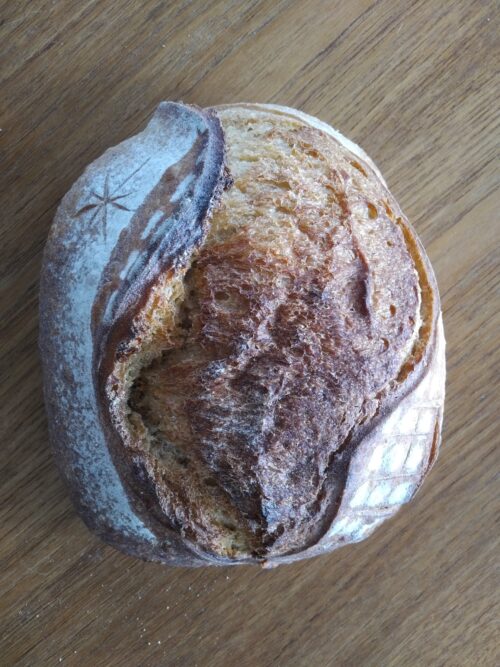Industry-influenced opinion of the week: refined grains are not a problem
The study: Refined grain intake and cardiovascular disease: Meta-analyses of prospective cohort studies. Glenn A.Gaesser. Trends in Cardiovascular Medicine, Available online 6 September 2022. https://doi.org/10.1016/j.tcm.2022.08.002
Conclusions: Meta-analyses of prospective cohort studies demonstrate that refined grain intake is not associated with risk of CVD, stroke, or heart failure. This conclusion holds for studies that restricted analyses to staple grain foods only, as well as for studies that included both staple and indulgent grain foods as a single refined grains category. Although refined grains are included as a component of the Western dietary pattern, the present findings suggest that refined grains do not contribute to the higher CVD risk associated with this unhealthy dietary pattern. This information should be considered in formulation of future dietary recommendations.
Declaration of Competing Interest: The author is a scientific advisory board member of the Grain Foods Foundation and the Wheat Foods Council.
Funding: Preparation of this manuscript was supported in part by a grant from the Grain Foods Foundation.
Comment: Refining of grains removes the outer bran and germ and most of the fiber and nutrients along with them, leaving some nutrients along with teh starch and protein. Refined starch is quickly digested to sugars and rapidly absorbed. The Wheat Foods Council wants to reassure you that you can eat as much refined grain as you like without raising disease risk. Much independently funded research argues otherwise, alas. If nothing else, refined grains contribute calories relatively low in nutrients and constitute major components of ultra-processed foods. This study did not look at dietary patterns.
And thanks to David Ludwig for alerting me to this one.
************
The publication date is tomorrow!
For 30% off, go to www.ucpress.edu/9780520384156. Use code 21W2240 at checkout.




 Manufacturers answer FAO’s call to increase pulse consumption in 2016 with new bean-based snacks
Manufacturers answer FAO’s call to increase pulse consumption in 2016 with new bean-based snacks

